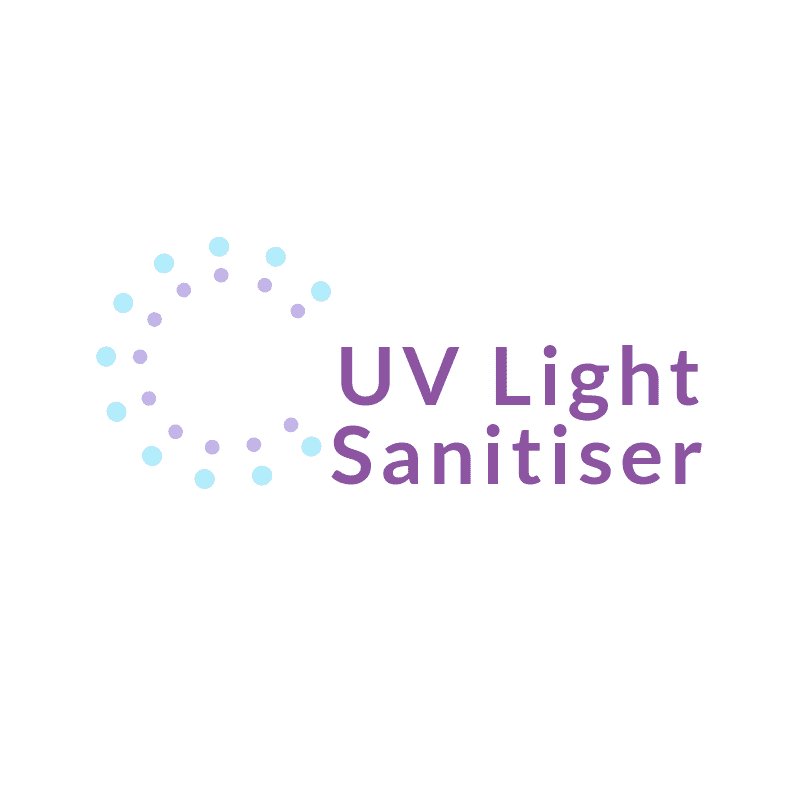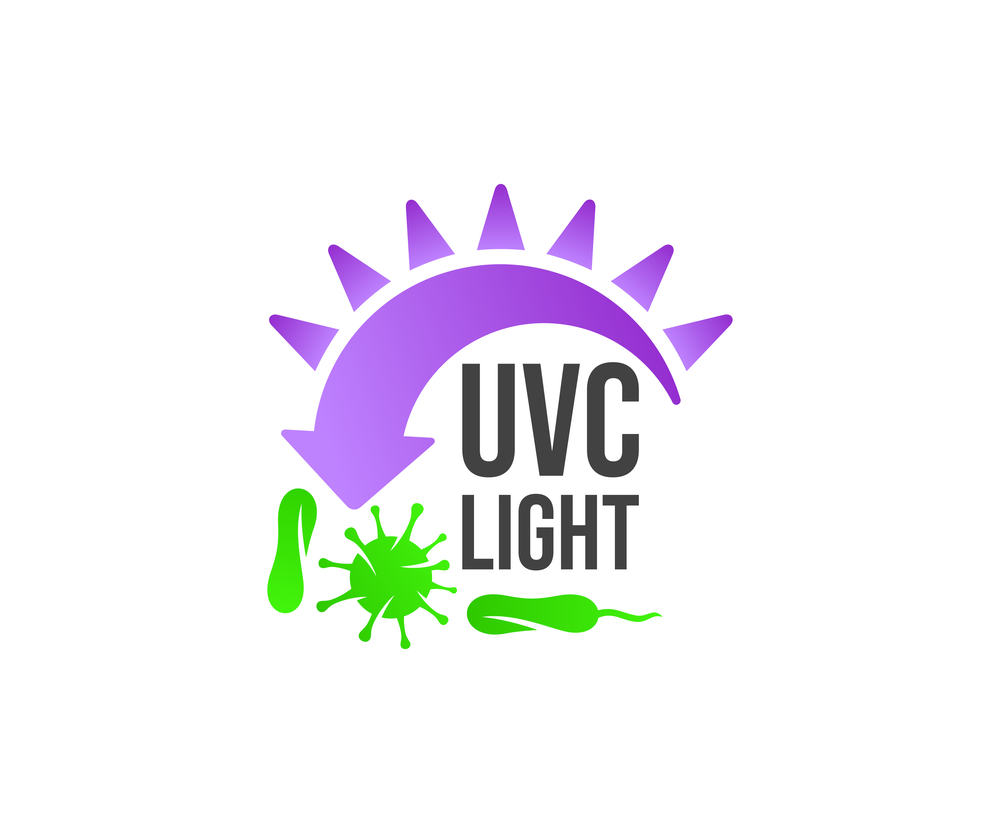Air purification is more important than ever given the quality of air these days. Ensuring clean air is an important step in home cleaning. Airborne microbes can compromise our health, exposing us to various diseases. An UV Air purifier helps protect us from airborne pathogens that can cause diseases.
In light of the COVID-19 pandemic, the role of UV light for disinfection and sanitization came into the picture. You can use UV light for disinfecting water, surfaces, and the air. You may be asking yourself if this technology will help protect humans against airborne microbes and improve the quality of air in your home.
What are UV light air purifiers?
The ultraviolet air purifier is specifically designed to use shortwave ultraviolet light to inactivate microorganisms and pathogens (such as bacteria, mold and viruses) in the air. In terms of reducing air pollution, these devices play the same role as air purifiers. This technology is also known as a UVGI air purifier or ultraviolet sterilization irradiation. This differs from other air purification technologies that use ultraviolet radiation technology but are not used directly for air pollutants.
When using an air purifier with UV technology, air will enter the device and pass through a fine filter, such as a HEPA filter. Then, the air passes through a small inner chamber, where it is exposed to ultraviolet light. Ultraviolet light will not leave the room, so you will not see it or be exposed. Depending on the model, air passes through another filter and enters the room.
The UV-C air purifiers currently on the market are stand-alone or stand-alone devices or systems that have been installed in existing commercial or residential HVAC systems. When the air passes through the device, it passes through an ultraviolet lamp, which will try to disinfect it directly with sterilizing radiation. During this process, ozone can form, attracting more and more attention.
You will seldom us ultraviolet air purifiers as separate products; most systems require additional systems to maximize their effectiveness. These devices are generally added to larger HEPA filtration systems, indicating that EPA UVC air purifiers cannot remove or even limit the amount of particulate matter in the air, so their effects may not be as effective as with individual devices.
How does a UV Air Purifier Clean The Air?
The method of operating the UV Air Purifier is very simple. They are designed to use ultraviolet lamps, which can change the DNA of microorganisms and inactivate or destroy them. Depending on the emitter material (eg phosphorous or quartz), this light may be bluish or invisible to the human eye. According to the EPA, mercury lamps used in residential buildings typically emit ultraviolet light at a wavelength of 254 nm.
Ultraviolet air purifiers usually combine forced ventilation system and another filter (such as a HEPA filter). As a result, ultraviolet radiation from the air purifier works in conjunction with other air purification processes. The indoor air in the room is forcibly passed through the device and vented through the room with a light emitting bulb in the UV-C frequency range. Ultraviolet lamps are generally found after filters in portable air purifiers. Various factors, such as the type of UV lamp, humidity and temperature, affect its performance.
The ultraviolet lamp used in the UV-C sterilizer is invisible to the human eye depending on the surrounding environment. They are generally tasteless. You may need to replace the UV lamp once a year, depending on the brand and model.
Comparison of ultraviolet air purification and other methods.
So how does UV compare to other methods? Let’s take a look at some of the most commonly used air purification strategies and technologies to discover a comparison of ultraviolet rays.
Filter
Many internal air purifiers use filters to trap particles in the air. This strategy includes advanced HEPA filters that are very effective at removing large particles (such as pollen or pet dander), but very small particles can occur depending on the effectiveness of the filter. However, it doesn’t kill bacteria and mold, it just captures them.
Activated carbon
This is an advanced type of filter that uses highly porous carbon to trap gases such as odor or smoke. Activated carbon has a large surface area and can be used to contain a large amount of gas. Although this is a key technology for smoke removal, it cannot disinfect or destroy bacteria or other organisms.
Electrostatic precipitators
Before industrial smoke, steam, and gas are released into the atmosphere, this purification method is widely used to remove industrial smoke, steam, and gas. In essence, it will generate electrostatic adsorption and trap particles. This process will lead to the formation of a small amount of ozone by-products that are harmful to health, making the UV-C light contained in it a safer option.
Ozone generator
An ozone generator is used to fill the room with ozone, which is a harmful substance, so special care must be taken. Although the ozone generator can be used to remove mold and odor, it can generally only be used by specialists who have passed strict safety procedures. UV air purifier s are best suited for normal home use.
Is the air purifier UV lamp safe?
There are many factors to consider when looking for air purifiers to purify your home. Although many ultraviolet air purifiers are safe to use, they do produce ozone. Prolonged exposure to ozone is harmful to humans, plants, and animals. However, it is important to note that ozone is still safe to produce in small quantities.
However, according to the manufacturer, today there are many ozone-free UV air purifiers on the market. Available in various air purifiers, ultraviolet rays are intended for contact with airborne particles, combustion, and damage. Some manufacturers cover the bulbs with unique substances so that they do not emit excessive amounts of ozone.
You typically your ultraviolet air purifier covered with plastic or dark metal to limit the penetration of ultraviolet light and radiation in open spaces. There are many types and brands of air purifiers on the market today. Be careful before buying the right gadget. You want to avoid creating devices that increase the amount of ozone.
A good way to identify the perfect device is to research and read reviews online. You can get first-hand information about the performance of the product from the person using it.

